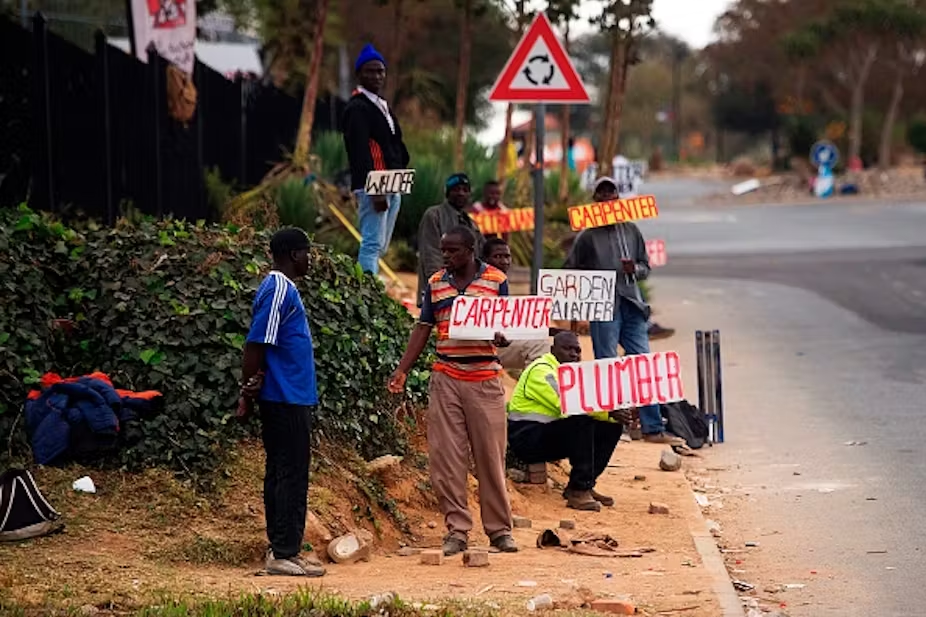
Apartheid was a tragic point in South Africa’s history. Although it happened over 30 years ago, remnants of that ideology can still be felt in the country’s economic and political structures. This system of institutionalized racial segregation, which prioritized the white minority, systematically oppressed non-white individuals, denying the majority of South Africans access to quality education and limiting their job opportunities. Although the post-apartheid government has tried to improve education and establish initiatives to help the under-skilled workforce, these policies have not fully addressed the disparities created by decades of systemic discrimination.
Unemployment rates among young individuals aged between 15 to 34 have reached a rate of 45.5%. In comparison, the national average is only 32.9% according to a study by the Department of Statistics in South Africa. During apartheid, there were some areas of the country where only certain races could work or do certain jobs. This meant the economy didn’t have a large number of workers in it. The current economy has had a dramatic influx of job seekers, especially young African women according to a report by the Human Sciences Research Council (HSRC). This means that the economy’s structure has created a conflict between supply and demand in the job market.
Alongside this, a lot of young people don’t have the skills that are in demand, which is one of the largest causes according to a study by Peace Child. Historically, underprivileged communities didn’t receive fair access to education that would have prepared them for the workforce. This means they did not develop skills that are essential while working like critical thinking and problem-solving. A professor of education, Michael Le Courdeur believes that schools also contribute to this lack of skills since they don’t prepare young people for the job market, since so many young people have admitted that they do not know how to effectively search for jobs or navigate the job market. In addition to this, young people do not have increased access to vocational skills which only limits the jobs that are available to those individuals.
Employers also have expectations that are difficult for young people to achieve. They often want employees who already have experience, however, young individuals who haven’t been employed can not get jobs due to that expectation. This creates a vicious cycle for young people who enter the job market with no experience or qualifications.
The consequences of an increasing youth unemployment rate, affect more than just the unemployed individuals’ ability to get a job. The economic vulnerability caused by unemployment can lead to an inescapable cycle of poverty since limited financial resources restrict access to education, training, and employment opportunities. On top of this, high youth unemployment is often correlated with rising crime rates. When individuals can’t find a legitimate way to make a living, they end up looking towards illegal activities as a means to survival.
The best ways for South Africa to tackle this issue would be firstly addressing the gap in accessibility to quality education, by investing in education and vocational training programs so that young people can get the skills that are in high demand. This investment in human capital will contribute to the long-term economic growth of South Africa. The next solution would be implementing policies encouraging employers and businesses to hire young people like tax incentives or wage subsidies. These policies could decrease the risks that employers associate with hiring inexperienced workers.
Written by Dorine Benedict


